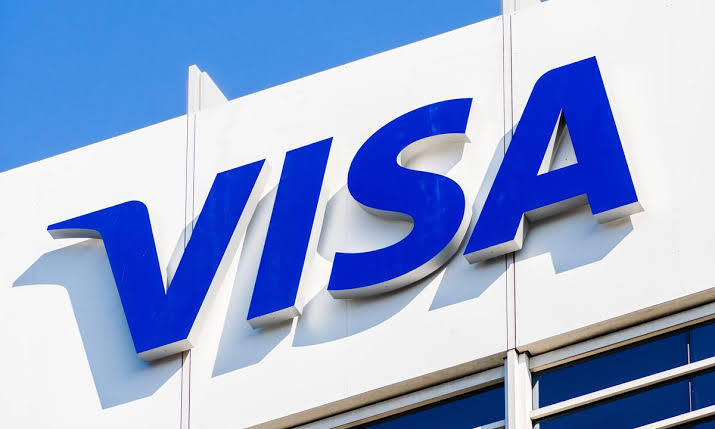Visa Inc., the world leader in digital payments, Saturday shared an updated look at how fraud has evolved since the height of the pandemic, with criminals simultaneously targeting online and offline vulnerabilities as our daily lives return to a blend of in-person and e-commerce experiences.
“As in-person commerce returns to pre-pandemic levels, crooks are back to exploiting the physical points of vulnerability in stores, while continuing to capitalize on e-commerce through malware, ransomware and phishing attacks, among others,” said Neil Fernandes, Head of Risk in NALP and GCC regions at Visa.
Two new pieces of global research – the latest Visa Biannual Threats Report and an MIT Technology Review Insights study “Moving Money in a Digital World,” released on 6 October in partnership with Visa – highlight new and returning threats to the post-pandemic economy.
Digital commerce, crypto users are rich targets for innovative fraudsters
Still, the digital commerce environment – vastly accelerated by the pandemic – remains the richest target for cybercriminals.
Nearly three-fourths of fraud and data breach cases investigated by Visa’s Global Risk team involved e-commerce merchants – often social engineering and ransomware attacks. Digital skimming attacks targeting e-commerce platforms and third-party code integrations are common.
These attacks shine a light on the need for stringent security controls on merchant websites and checkout pages, ensuring external code is not enabled in sensitive cardholder environments. In fact, 42% of respondents in the MIT Technology Review Insights report Moving money in a digital world | MIT Technology Review says security measures are important for their customers, with 59% acknowledging that cybersecurity threats are the biggest challenge to expanding digital payments. Many are prioritizing advanced security capabilities like digital tokens (32%), artificial intelligence and enhanced authorization (43%).
Beyond attacks on traditional currency, threat actors are employing new tactics to defraud cryptocurrency users, including new malware focused on browser extension wallets for crypto users as well as innovation in phishing and social engineering schemes. Crypto bridge services are also a target. From January through February 2022, three sizable thefts exploiting vulnerabilities in various bridge services netted cyber thieves over $400m.
Protection iss Visa’s promise
While cybercrime persists, Visa has increased its efforts to mitigate fraud. Over the past five years, Visa has invested more than $9bn on network security. Visa employs more than a thousand dedicated specialists protecting Visa’s network from malware, zero-day attacks and insider threats 24x7x365. Visa also deploys AI-enabled capabilities and always-on experts to protect its ecosystem, proactively detecting and preventing billions of dollars of attempted fraud. In fact, Visa’s real-time monitoring with AI blocked over $4.2bn in fraudulent payments volume in the last 12 months, preventing many from ever knowing they were at risk of a potential fraudulent transaction.


